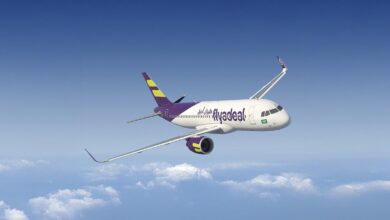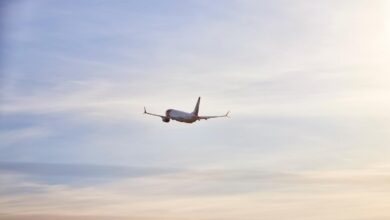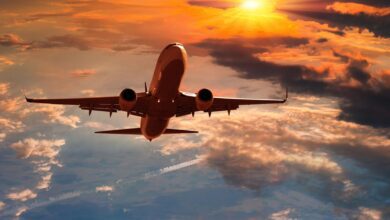
Before it suffered the deadliest crash in South Korea’s history, budget airline Jeju Air was moving fast: racking up record passenger numbers and flying its aircraft more than domestic rivals and many of its global peers, data show.
The high “utilisation rate” of Jeju Air’s planes – the number of hours they fly in a day – is not problematic in itself, experts say, but means scheduling enough time for required maintenance is crucial.
Authorities have suggested a bird strike contributed to the accident, but as part of their probe into the incident aboard Boeing 737-800, police have raided the airlines’ Seoul office to seize documents related to the operation and maintenance of the plane.
“You’re literally looking at everything,” said aviation safety and crash investigation expert Anthony Brickhouse. “You’re going to start off with their accident history and safety history. What kind of events have they had in the past, what happened, what was done to correct the issues?”
Jeju Air told Reuters that it did not neglect maintenance procedures and that it would step up its safety efforts. The Dec. 29 crash, which killed 179 people, was the airline’s first fatal accident since its 2005 founding and the first for any Korean airline in more than a decade.
The company’s CEO, Kim E-bae – who has been barred from travelling overseas during the investigation – told a news conference last week that Jeju’s maintenance is in line with regulatory standards and that there were no maintenance issues with the doomed jet during pre-flight inspection.
He acknowledged the airline’s safety measures had not been sufficient in the past, but said improvements had been made.
The authorities have not said poor maintenance contributed to the crash and the exact circumstances behind the disaster remain unclear.
Besides the reported bird strike, authorities are looking into why the pilot may have rushed a second landing attempt after declaring an emergency, and why the landing gear was not deployed.
Investigators have recovered the cockpit and flight data recorders but have not released any details.
The country’s transport regulator is inspecting all 101 737-800s in South Korea – more than a third of which are operated by Jeju Air – focusing on how often and how well the planes were maintained, among other considerations.
Although it had recorded no violations in the last two years, it was hit with more fines and suspensions for aviation law breaches than any of its domestic rivals in 2020-2022, just during and after the COVID-19 pandemic, records show.
According to transport ministry data on major airlines from 2020 to August 2024, Jeju Air was hit by about 2.3 billion won ($1.57 million) in fines and the affected aircraft were kept out of operation for a total of 41 days, according to Reuters calculations based on the data.
The next-most penalized airline, T’way Air had 2.1 billion won in fines and four days of suspended operation during that period.
Jeju Air flies its planes more than any other major airline in the country, data show, and also outpaces most global peers such as Ireland’s Ryanair and Malaysia’s AirAsia.
Jeju Air 7C2216 was flying from the Thai capital of Bangkok to Muan in southwestern South Korea at night when it belly-landed, overshot the runway and burst into flames after hitting an embankment. The aircraft flew every day in 2024, according to flight data reviewed by Reuters. – Reuters




